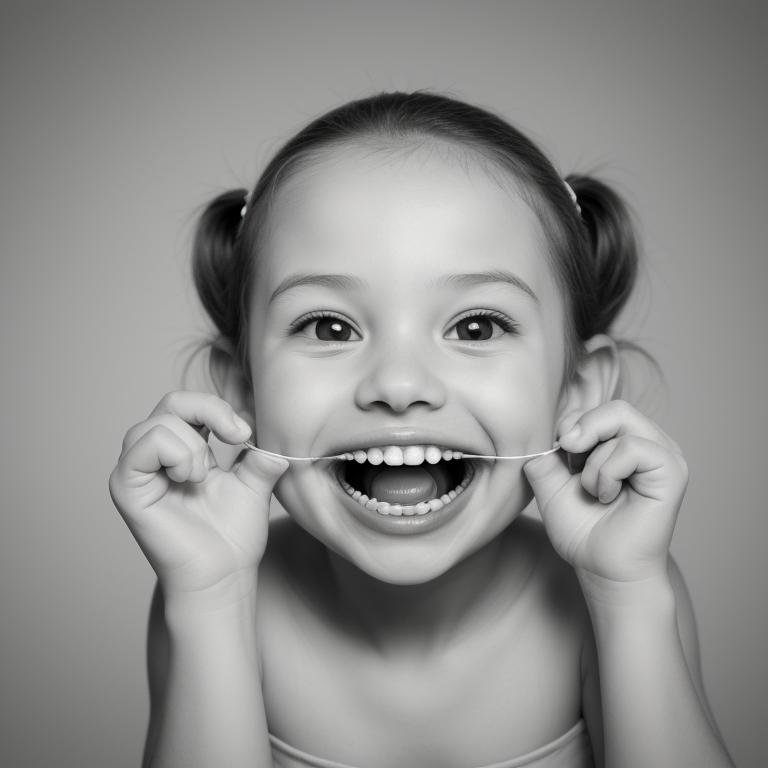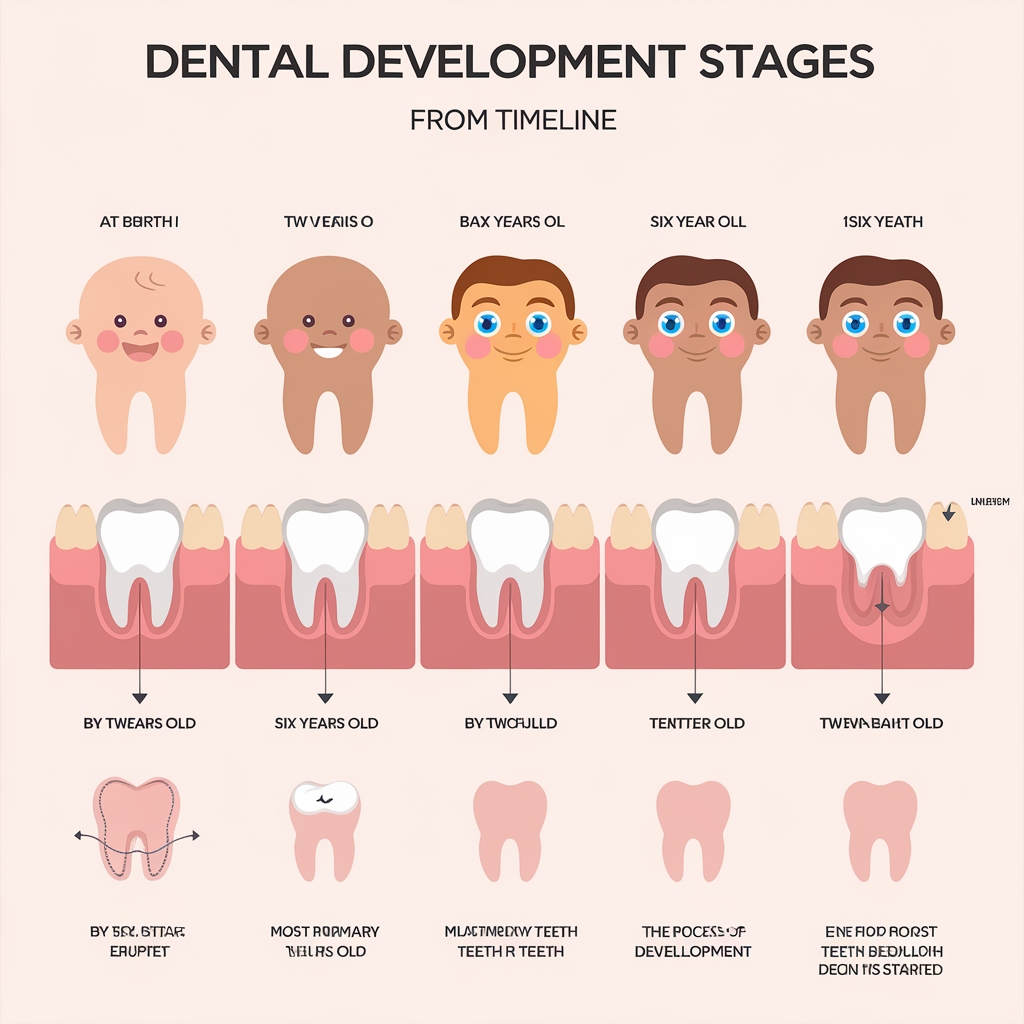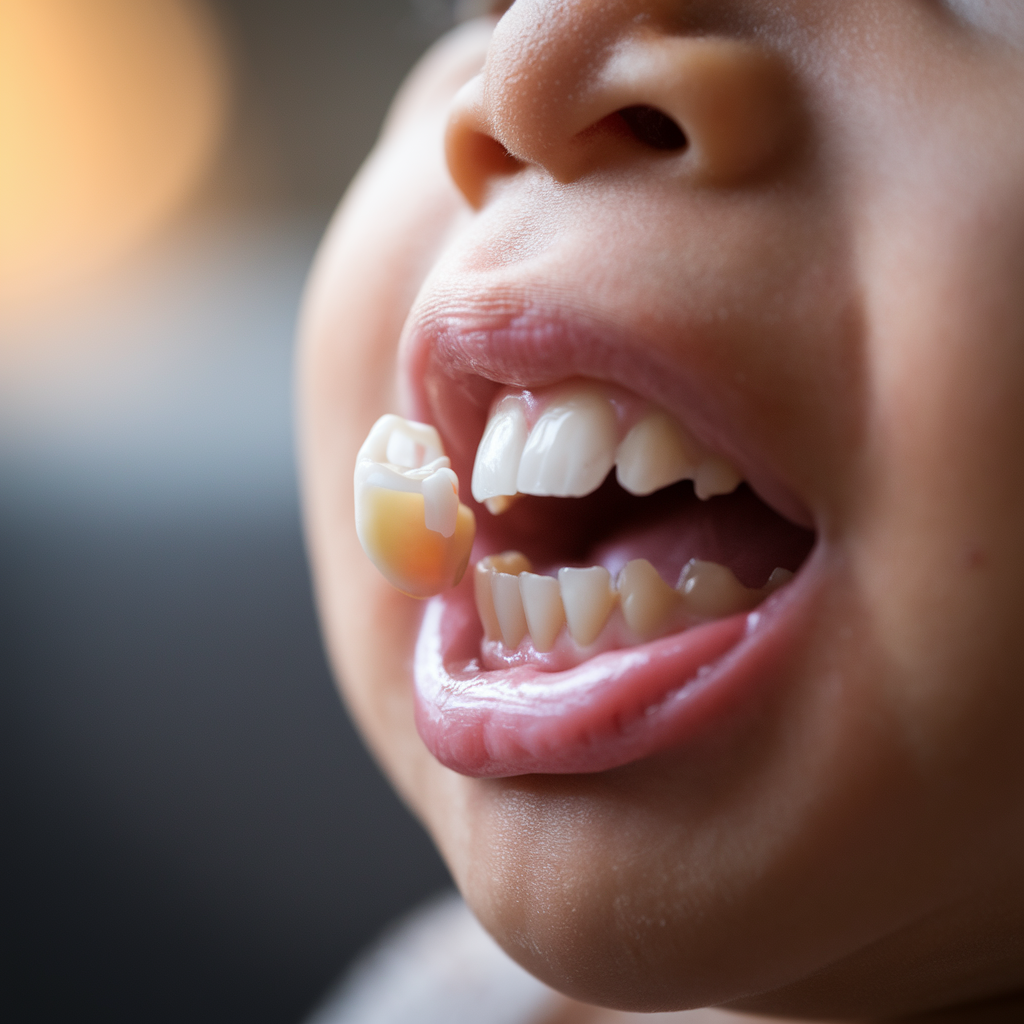Introduction
Hey kids! Have you ever wondered how your teeth grow and change as you get older? Teeth are super important for eating, talking, and smiling. They don’t just appear all at once; they go through different stages of development. In this guide, we’ll explore how your teeth develop from tiny baby teeth to strong adult teeth. Ready to dive in? Let’s get started!
Understanding Dental Development Stages
Baby Teeth: The First Stage
Baby Teeth, or Milk Teeth
When you’re born, you don’t have any teeth yet, but don’t worry; they’re coming! Baby teeth, also known as milk teeth, start to come in when you’re about six months old. These teeth are small and soft, perfect for helping you chew your food. You might see your first tooth appear in the front, usually the bottom ones. These teeth are super important because they help you eat and speak clearly. Plus, they make room for your big kid teeth to come in later.
How Baby Teeth Grow
Baby teeth usually come in one by one, and they often come in pairs. First, the two bottom front teeth will show up, followed by the two top front teeth. After that, the other teeth come in, like the ones in the back for chewing. By the time you’re three years old, you should have all your baby teeth. They’ll stay with you until you’re about six or seven, when they start to fall out and make way for your adult teeth.
Adult Teeth: The Next Adventure

When Baby Teeth Fall Out
Around age six or seven, your baby teeth will start to wiggle and fall out. This is totally normal and means that your adult teeth are coming in. Your new adult teeth will start to push through the gums, filling in the spaces where your baby teeth used to be. Don’t worry if it feels a bit weird or if you have a gap in your smile—this is just part of growing up!
How Adult Teeth Grow
Your adult teeth are bigger and stronger than your baby teeth. They come in slowly over time. The first adult teeth that come in are usually the ones at the back. These are called molars, and they help you chew your food. As you grow older, more adult teeth come in until you have a full set of 32 teeth. These teeth will stay with you for most of your life, so it’s important to take good care of them!
Key Features of Dental Development
Here’s a quick look at the key features of dental development:
| Stage | Age Range | Description |
|---|---|---|
| Baby Teeth | 6 months – 3 years | Baby teeth come in and help with eating and speaking. |
| Teeth Falling Out | 6 – 12 years | Baby teeth fall out to make way for adult teeth. |
| Adult Teeth | 6 years – 21 years | Adult teeth come in and stay for most of your life. |
The Stages of Tooth Development
Early Tooth Development
Teething Time
The process of teething begins when you’re around six months old. You might feel some discomfort and see your baby drool more than usual. Teething toys and gentle gum rubs can help soothe the discomfort. Your baby teeth come in at different times, and each one is important for chewing and speaking.
First Tooth to First Smile
When you get your first tooth, it’s a big milestone! It means you’re growing up and starting to eat more solid foods. As more teeth come in, you’ll be able to chew better and even show off a big, toothy grin!
Growing Up: Losing and Gaining Teeth

Losing Baby Teeth
Around age six, your baby teeth start to become loose. You might notice them wiggling, and soon they will fall out. Don’t worry about the gaps; they’re just making room for your adult teeth. It’s a natural part of growing up!
Getting Adult Teeth
Your adult teeth start coming in when you’re about six years old. They are bigger and stronger, and they help you chew food better. You’ll get new teeth over the years until you have all 32 adult teeth by your late teens.
Keeping Your Teeth Healthy

Brushing and Flossing
To keep your teeth healthy, make sure you brush them twice a day and floss regularly. This helps to remove food particles and plaque that can cause cavities. Remember to use a toothbrush with soft bristles and fluoride toothpaste.
Regular Dentist Visits
Visiting the dentist regularly is important. Your dentist will check for any problems with your teeth and help you keep them clean and healthy. It’s a good idea to visit your dentist every six months for a check-up.
FAQs
1. When do baby teeth start coming in?
Baby teeth usually start coming in around six months of age. The first teeth to appear are usually the bottom front ones.
2. How long do baby teeth stay in?
Baby teeth stay in your mouth until you’re about six or seven years old. They gradually fall out as your adult teeth come in.
3. What should I do if my child’s tooth is loose?
If a tooth is loose, it’s best to let it fall out naturally. Encourage your child to wiggle the tooth gently. If there’s any pain or bleeding, visit the dentist.
4. How can I keep my child’s teeth healthy?
To keep your child’s teeth healthy, make sure they brush twice a day with fluoride toothpaste and floss regularly. Also, encourage them to eat a balanced diet and visit the dentist regularly.
5. What are some signs of tooth decay?
Signs of tooth decay include tooth sensitivity, pain when eating or drinking, and visible holes or spots on the teeth. If you notice these signs, it’s important to see a dentist right away.
Conclusion
So, there you have it—a complete guide to dental development stages! From the time your baby teeth come in to when you get your adult teeth, it’s an exciting journey. Remember to take good care of your teeth by brushing, flossing, and visiting the dentist. Your smile is one of your best features, and keeping your teeth healthy helps you enjoy all the fun foods and activities you love. Keep smiling and take care of those teeth!

